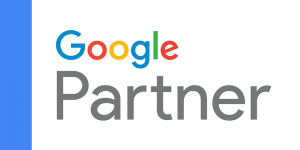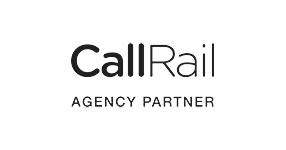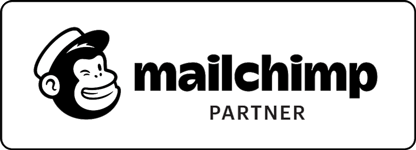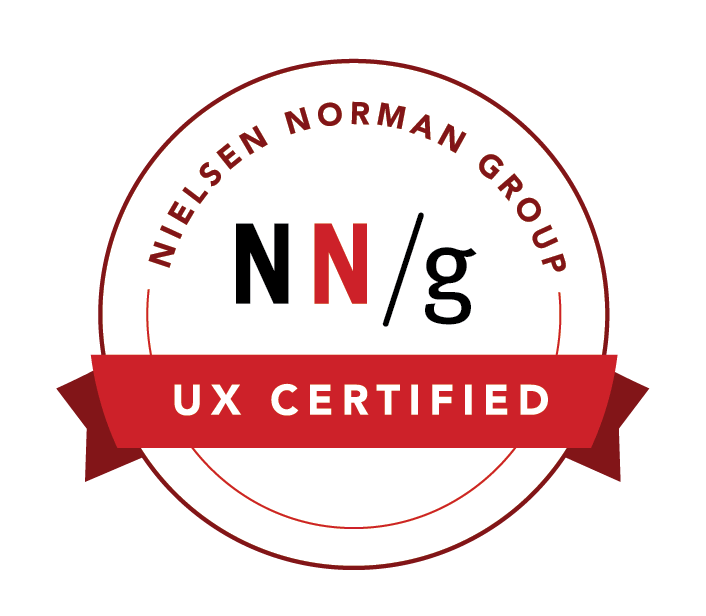Google and Delta SkyMiles equal 1 cent or 1% cash back
January 17th, 2008
Google PPC, Linden Dollars, and Delta SkyMiles are more similiar than you think.
While planning my honeymoon, I reviewed my Delta SkyMiles account. All those 1000 bonus SkyMiles here and double SkyMiles there ought to have garnered quite a stash of SkyMiles! Unfortunately, I learned a sad truth -- each SkyMile is worth, on average, 1 cent and many times even less.
So, here is the simple math:
- If 1 SkyMiles = 1 cent, then 1000 SkyMiles = $10
- $1 on credit card = 1 SkyMile = 1% "rewards cash" back valuation
A Digression before I make the connection to PPC and virtual currencies
I looked up the SkyMiles awards sheet, which states how many miles it takes to get to various destinations. I then looked up the cost for each flight 1, 3, and 6 months out. For simplicity, I assumed all flights left from Atlanta. Finally, I did some simple math. For example, it takes 45,000 SkyMiles round-trip from Atlanta to San Fransisco. Tickets cost
$321, $298, and $374. In this case, that is about $.007 (yes, less than a cent) value for each SkyMile.
Some interesting points before I make that connection I spoke about earlier
- Close to home = less value. Continental US and Mexico were always less than 1 cent, half a cent in the case of Mexico City. Think far away -- Buenos Aires was 2.6 cents valuation per SkyMile!
- Not all destinations are the same. While Mexico as whole is 60k SkyMiles round-trip, flying to Mexico City costs about $300 while Guadalajara is usually $540. Rule of thumb: save your SkyMiles for travel to exotic destinations
- Using SkyMiles on an one-way trip is a bad idea. A one-way trip to Africa uses 80k SkyMiles, while a round-trip one uses 120k. If you used SkyMiles for only half the trip, they are definitely worth less than 1 cent each. Rule of thumb: only use your SkyMiles when you have enough for a round-trip and avoid use on one-way trips.
- You bank when you fly. I spent ~$400 to fly to Los Angeles and got 4000 SkyMiles in return. Those SkyMiles are worth $40, or a 10% rewards back. Nice. Try that with another rewards card!
Finally, what does this have to do with the web industry?
This situation reminds me of games such as Second Life, where you earn/buy virtual currencies such as Linden Dollars. As of the date of this posting, $1US exchanges for $254 Linden Dollars. Which can only be used in Second Life. And is subject to change. In the end, that 254 Linden Dollars simple like overly-inflated visually-represented 1's and 0's to me.
The same can be said about the majority of Google's business. In this case, it's providing a free tool -- search -- in exchange for you hopefully clicking on a "sponsored link", which you will do about 30% of the time. In both cases, getting a few cents per click/transaction on an individual basis doesn't mean much. But when you develop a critical mass, and you are making billions of dollars. That is the Power of 1%.
The Power of 1% (say this with a trumpet sound announcing the grand idea)
These virtual currencies, whether they be game credits or credit card rewards or page visits, are all based on one thing -- to get you hooked (read: loyalty program) so you spend more money/time/attention. So addictive are these loyalty programs that sometimes people transfer miles, which simply devalues the 1 cent miles to zero cents. That is, you can transfer miles for 1 cent each. If a mile reward is "worth" 1 cent, and you spend 1 cent to transfer it, you are effectively transferring something of 0 cent value.
Such is the power of 1%. And it matters to reward programs as they get a small 1%-2% on each click/visit/transaction you make at the counter. That's a tiny percentage. But in marketing, it's a percentage that greatly matters. Direct marketing campaigns -- those things responsible for you getting what you usually call junk mail -- are considered a success if they get a 1% success rate. Even SPAM is based on getting a fraction of a click-through rate to warrant the paying thousands of dollars for harvested email address.
The difference is that online advertising and credit cards have figured it out pretty well. They have an awesome "free" tool -- a credit card or online search. And in exchange for their use, they will take a small 1% from someone else for their assistance.
Site Note:
American Express charges an exorbiant 3% or more on each transaction while only giving you 1%. And let's not forget when they hit pay-day when you are late on a payment ($39 late fee) or carry a balance (10-20%, but no more than 24% by federal law). Some would call this usury.
In the end, I will probably get a 5% cash-back rewards card and relegate my Delta SkyMiles AMEX only for travel purchases when I get get that 10% cash back reward for flying. The Delta SkyMiles card does offer double points (read: 2% rewards back that has to be used on Delta Flights) for items such as grocery bills.
Of note: AmEx does offer a no fee cash back card with 2.5% back and double, 5%, on specific purchases.





